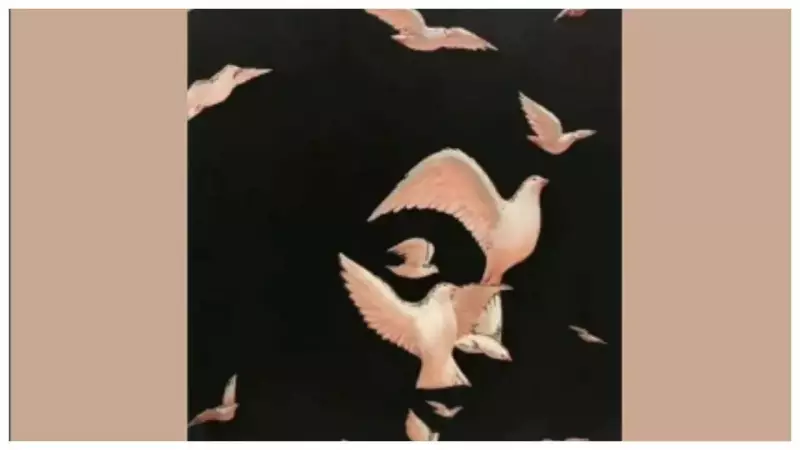
Have you ever wondered why two people can look at the same image and see completely different things? A fascinating optical illusion is currently captivating social media users worldwide, and your initial perception might reveal surprising insights about your personality.
The Great Visual Debate: What Do You See First?
When you first glance at this viral optical illusion, what captures your attention? Do you immediately notice the elegant silhouette of a woman's face, or does your eye gravitate toward the flock of birds in flight? This isn't just a simple visual trick—it's a window into how your brain processes information and what that says about your character.
What Your First Impression Reveals About You
If You Saw the Woman First:
If the woman's profile was your immediate focus, psychological analysis suggests you're likely someone who pays close attention to details and possesses strong observational skills. You probably have a methodical approach to problem-solving and tend to notice subtleties that others might miss. This perspective indicates:
- Detail-oriented nature: You excel at noticing fine points and nuances
- Analytical thinking: You process information systematically
- Practical approach: You prefer concrete facts over abstract concepts
- Ground personality: You're likely realistic and down-to-earth
If You Saw the Birds First:
Those who immediately noticed the flock of birds tend to be big-picture thinkers with creative minds. You're likely someone who sees possibilities where others see limitations and enjoys thinking outside the box. This visual preference suggests:
- Creative vision: You naturally spot patterns and connections
- Abstract thinking: You're comfortable with conceptual ideas
- Imaginative approach: You value innovation and original thought
- Dreamer spirit: You're likely optimistic and forward-thinking
The Science Behind Optical Illusions and Personality
Optical illusions work by exploiting the way our brains interpret visual information. What we "see" first often reflects our cognitive preferences and mental processing patterns. These visual tests have become popular tools for self-reflection because they tap into subconscious tendencies that we might not otherwise recognize.
Why does this matter? Understanding your perceptual style can help you recognize your strengths in both personal and professional settings. Whether you're a detail-focused individual or a big-picture visionary, there's value in every perspective.
Beyond the Test: What It Means for You
Remember that no single visual test can completely define your personality. These insights are meant to be fun, thought-provoking starting points for self-discovery rather than definitive psychological assessments. The beauty of such illusions lies in their ability to make us pause and consider how differently we all perceive the world around us.
Share this optical illusion with friends and family—you might be surprised by how varied their first impressions are, and what that reveals about the diverse ways we all experience reality.





